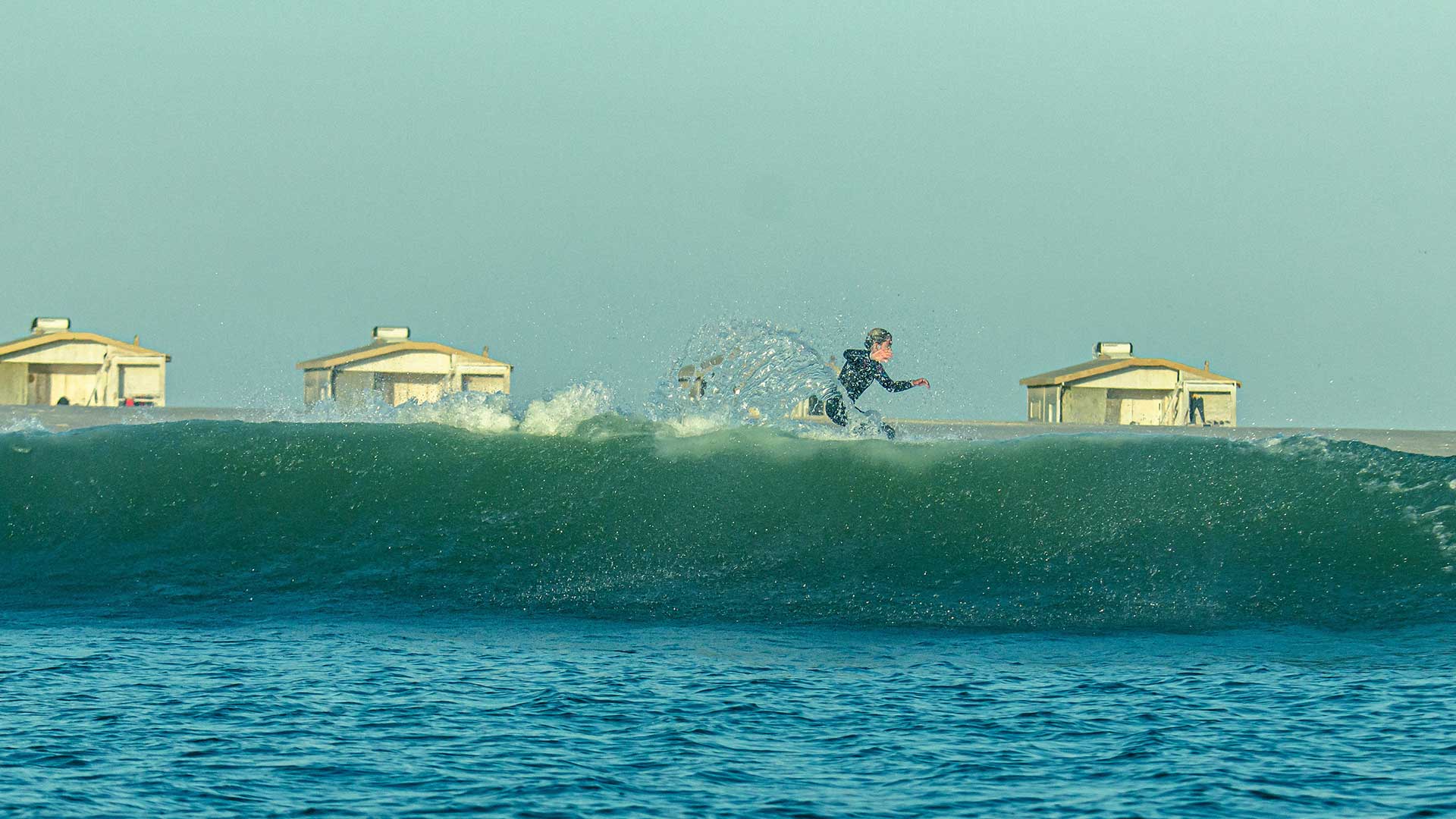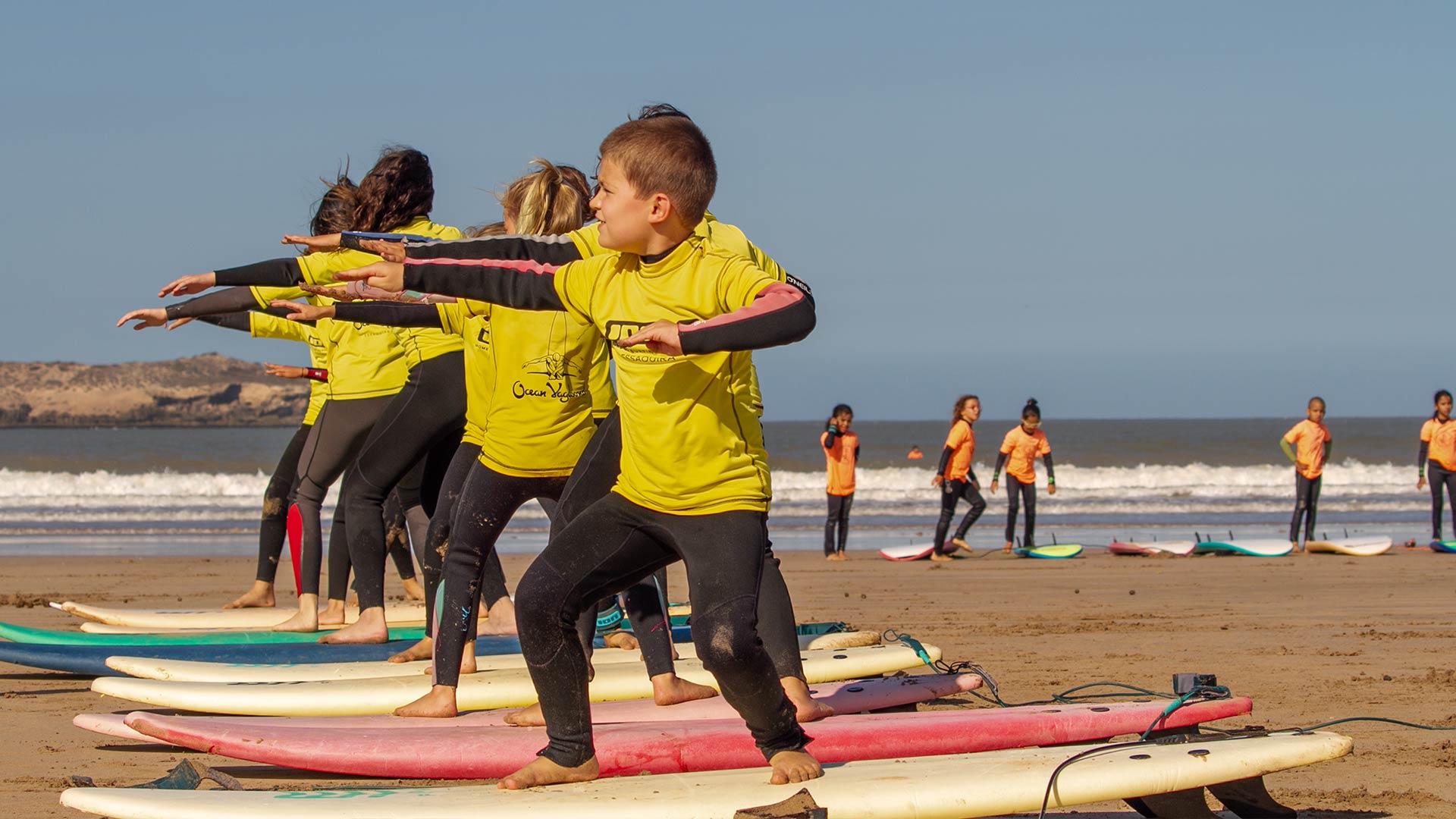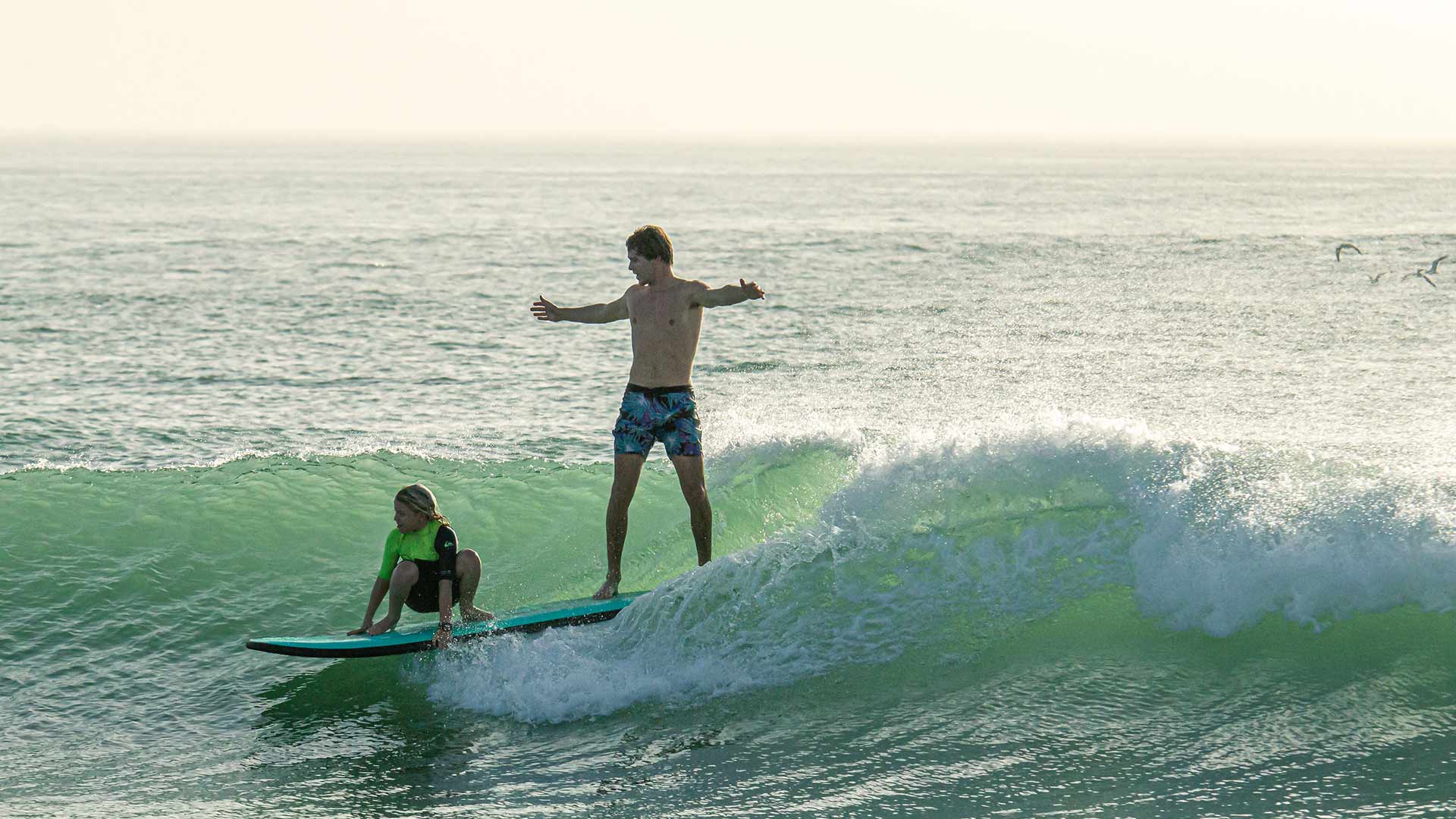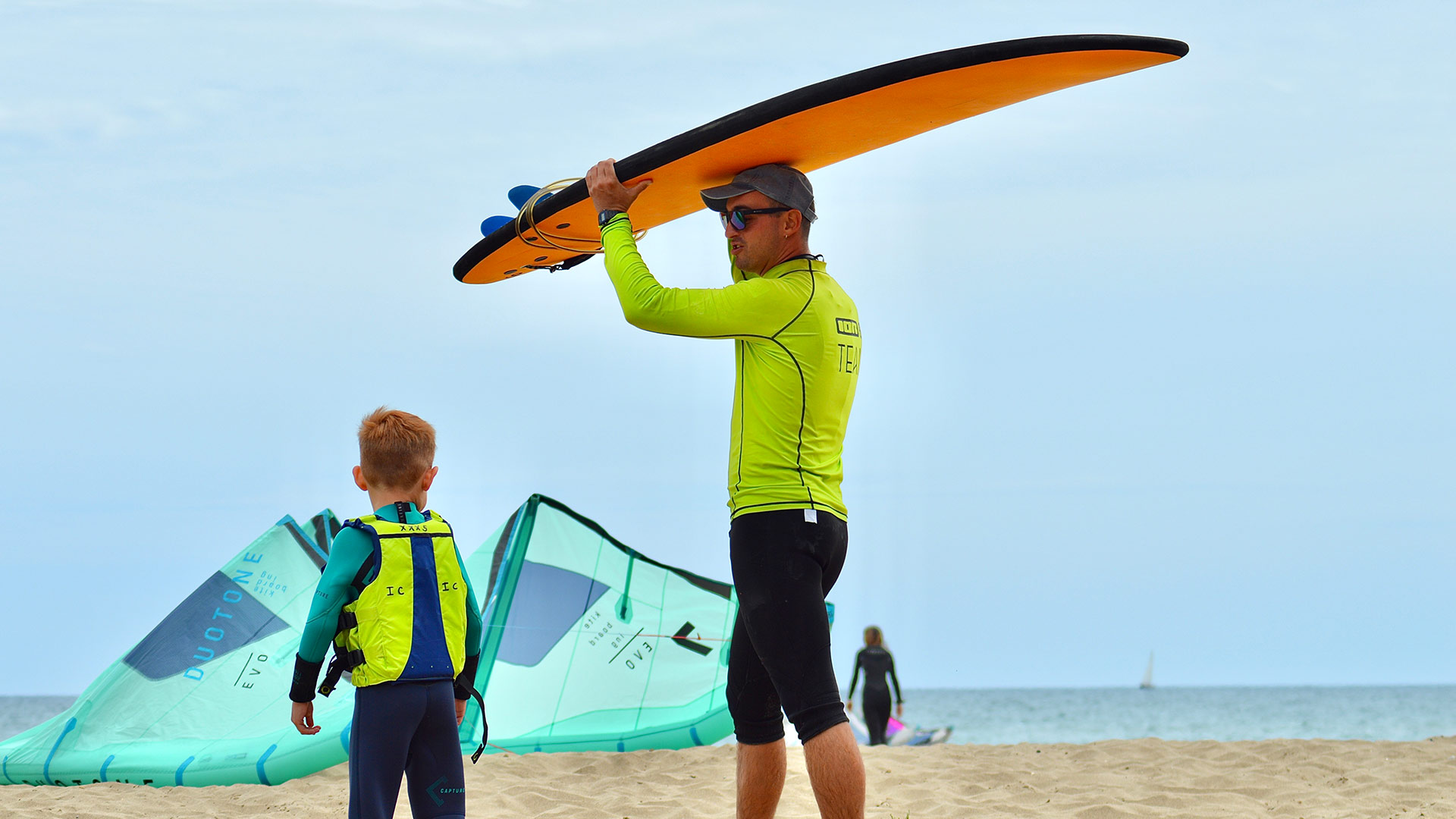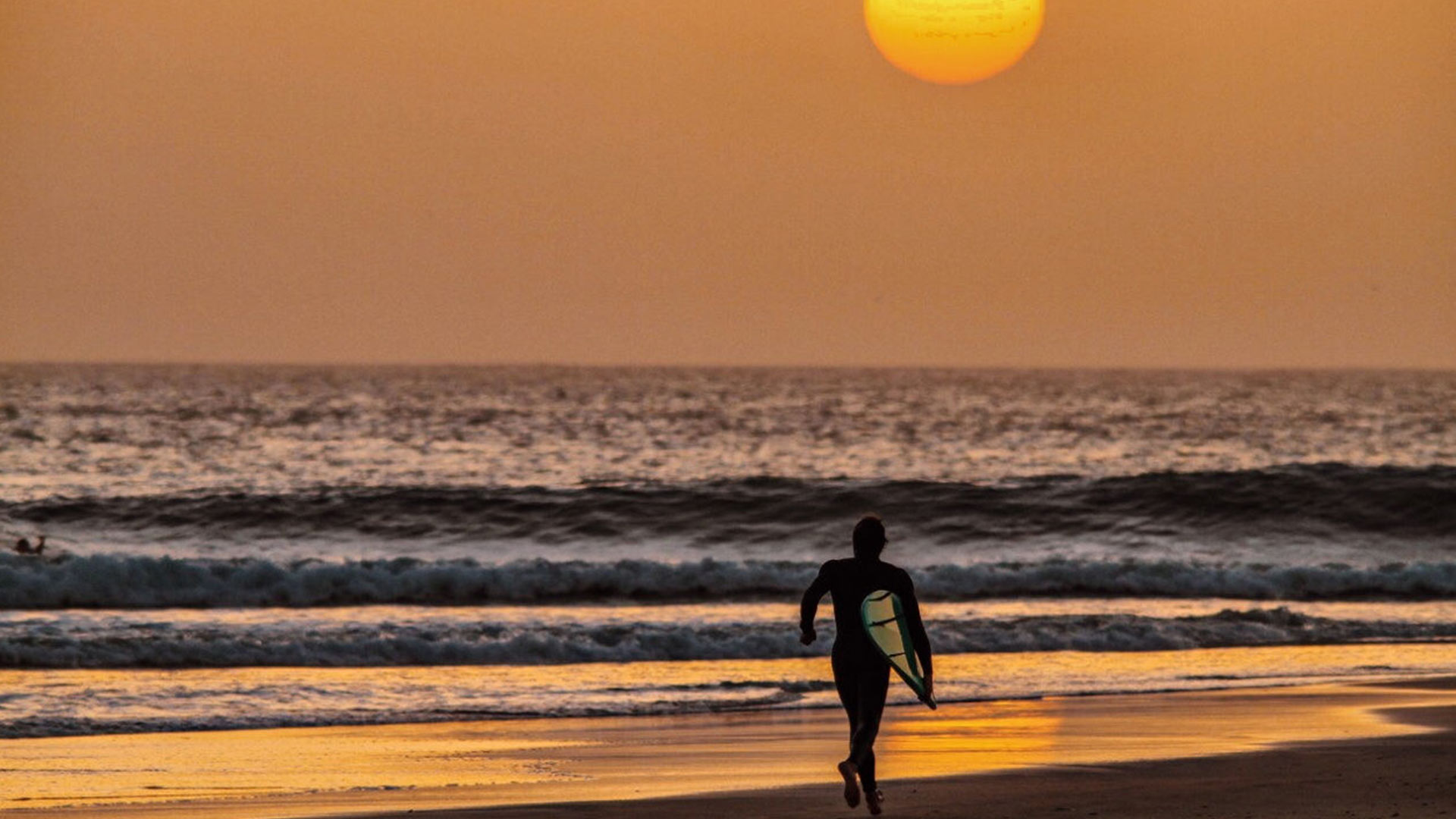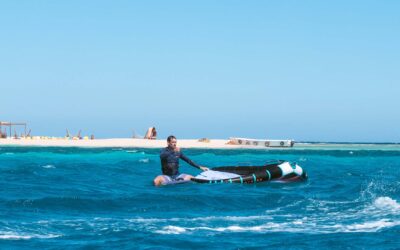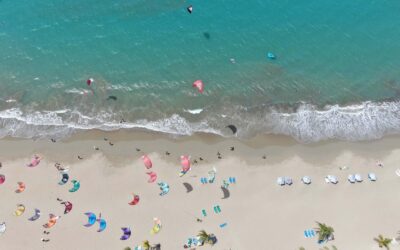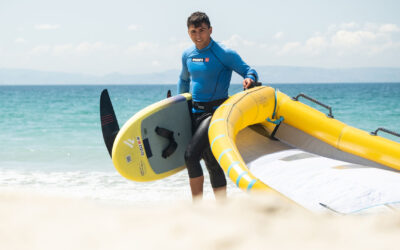Surf Courses – Everything you need to know to get started
Let’s talk about surfing, the real deal! Surfing has been the most popular water sport for decades and has finally become accessible to all! Things have moved on slightly since the beginning of the 20th century when you would see Hawaiian Duke Kahanamoku surfing on his awesome longboard which was made only of wood at the time.
Is it OK to start surfing if you have not taken a surf course?
Surfing can be learned on your own, but it is often more difficult than you think! It is therefore strongly advised to take lessons with a qualified surf instructor in order to learn the correct basics, to evolve faster, and to know the safety rules without putting yourself in danger. The ocean as well as the sea are not our natural environments, and they can sometimes be full of surprises!
There are several tips that your surf instructor will give you before trying surfing, such as identifying the weather conditions and reading the water before heading out. It makes no difference which surf spot you are heading out from, these tips are valid all over the world.
Taking a surf lesson is the ideal starting point, and a fast-track to becoming an accomplished surfer. Learning the basics and the environment of the surfing world from a recognised surf instructor or surf school will give you the satisfaction of not putting yourself or other surfers on the water at risk during your surf sessions.
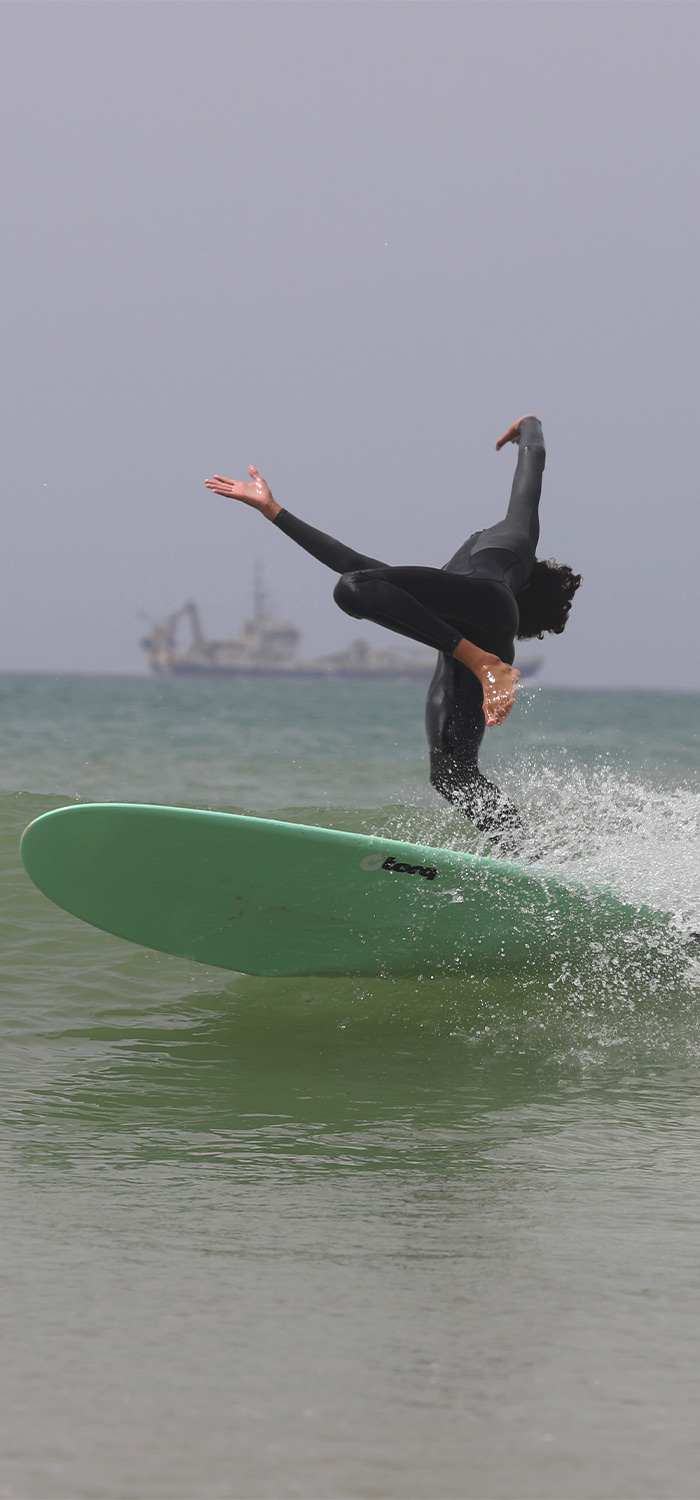
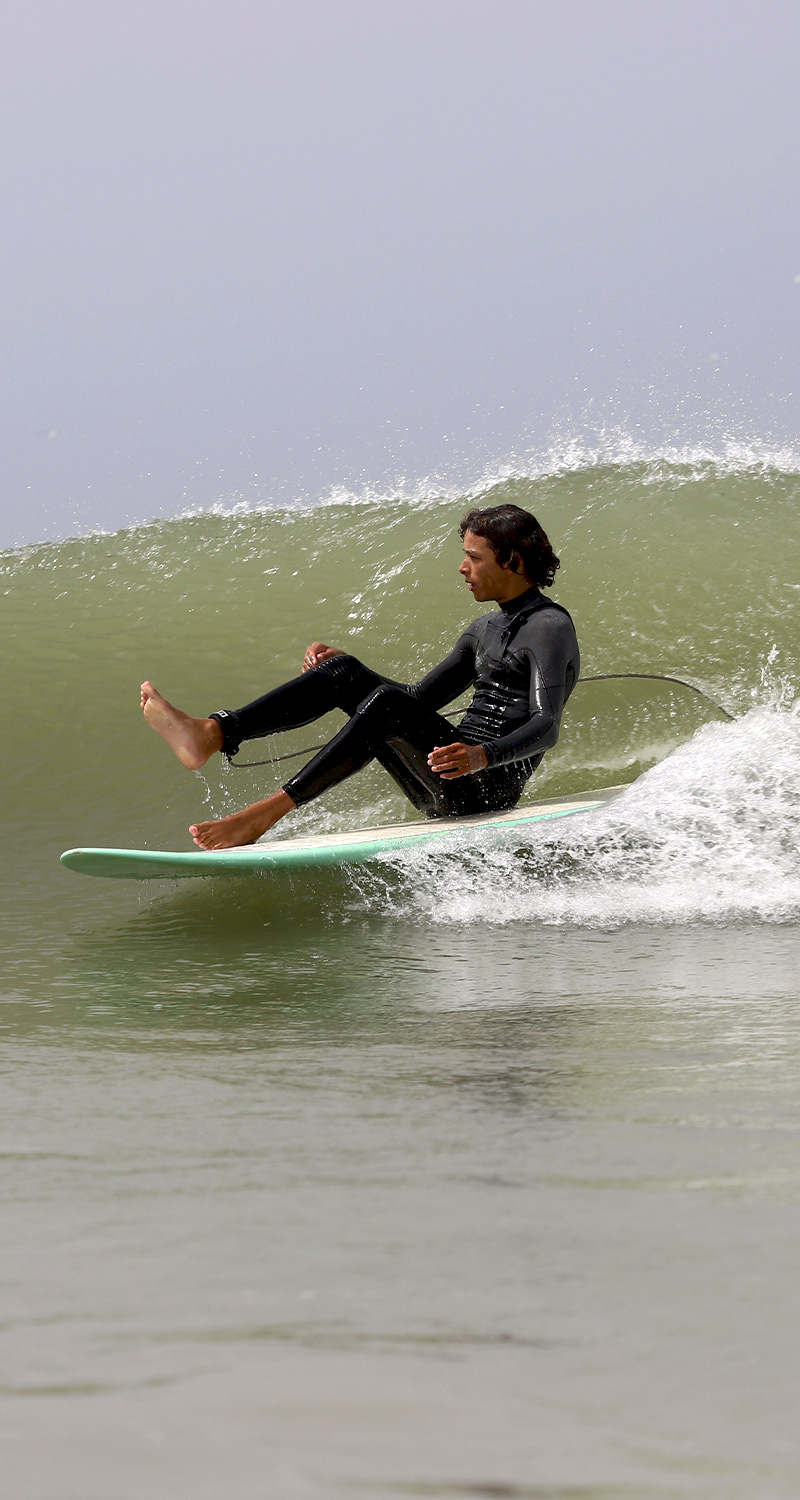
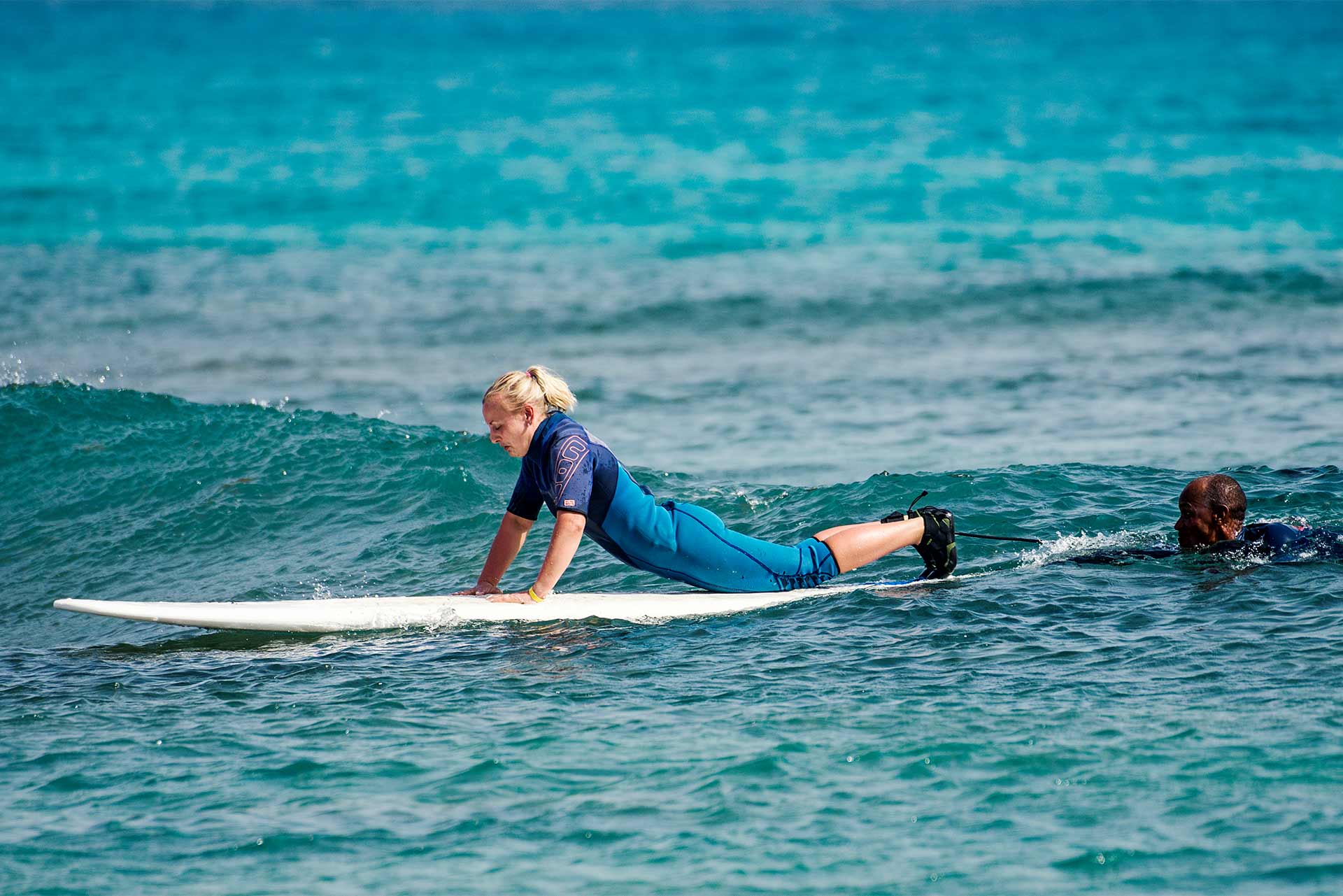
How does a surf course work?
Before getting into the water, or even before heading to the beach, check the weather forecast carefully. If the weather forecast is good for your level of surfing, once you are at the surf spot evaluate the conditions with the help of your surf instructor. Assess the size of the waves, the currents, the wind, the seabed, and the rocks if there are any.
Don’t forget to warm up before you get in the water, so that you can continue the course on the following days in top form.
Learning the fabulous sport of surfing starts on the beach, so expect your surf instructor to run through some information before you head out into the surf. Knowing how to position yourself whilst lying on your surfboard, knowing the paddling techniques and how to stand up whilst keeping your balance are the basics you need in preparation to surf the waves.
White water will be your first waves and your first awesome experience as a surfer, before one day attacking breaking waves. It would be a pity to reach the peak, and then not manage to catch a wave! The instructor will help you and push you to catch the wave at the right moment, and will give you all the techniqnical info needed to practice and progress alone.
How much does a surf course cost?
Surfing has become so popular over the last few years not only thanks to the birth of foam boards which are easier to surf, less dangerous for you and other surfers, and cheaper than resin surfboards, but also thanks to the cost of surf courses which are attractive compared to other water sports.
Whether on the west coast of France or in another country, the prices are not that different. If you decide to spend a surf holiday in Morocco, either in Lassarga or Essaouira, the ION CLUB centre offers private, semi-private and group surf lessons at very affordable prices, around 40 Euro for a 2 hour group lesson.
What kind of surf equipment will you be given?
To start with, the instructor will probably give you a foam surfboard because of its accessibility for beginners, and also because it is light and less dangerous (just in case you get hit with your surfboard in those early first attempts).
In terms of length, the board will usually be between 7 and 8.5 feet long depending on your height and weight. This type of surfboard for beginners is called a Mini Malibu – it is a bigger and wider board, therefore more stable so that you will have easier control especially when taking off (when you stand on the board).
The more you progress, the faster the surf school will give you a standard surfboard.
Of course, you will be provided with a neoprene wetsuit depending on the current water temperature, booties if necessary, and above all the leash which will allow your board to remain attached to your ankle.
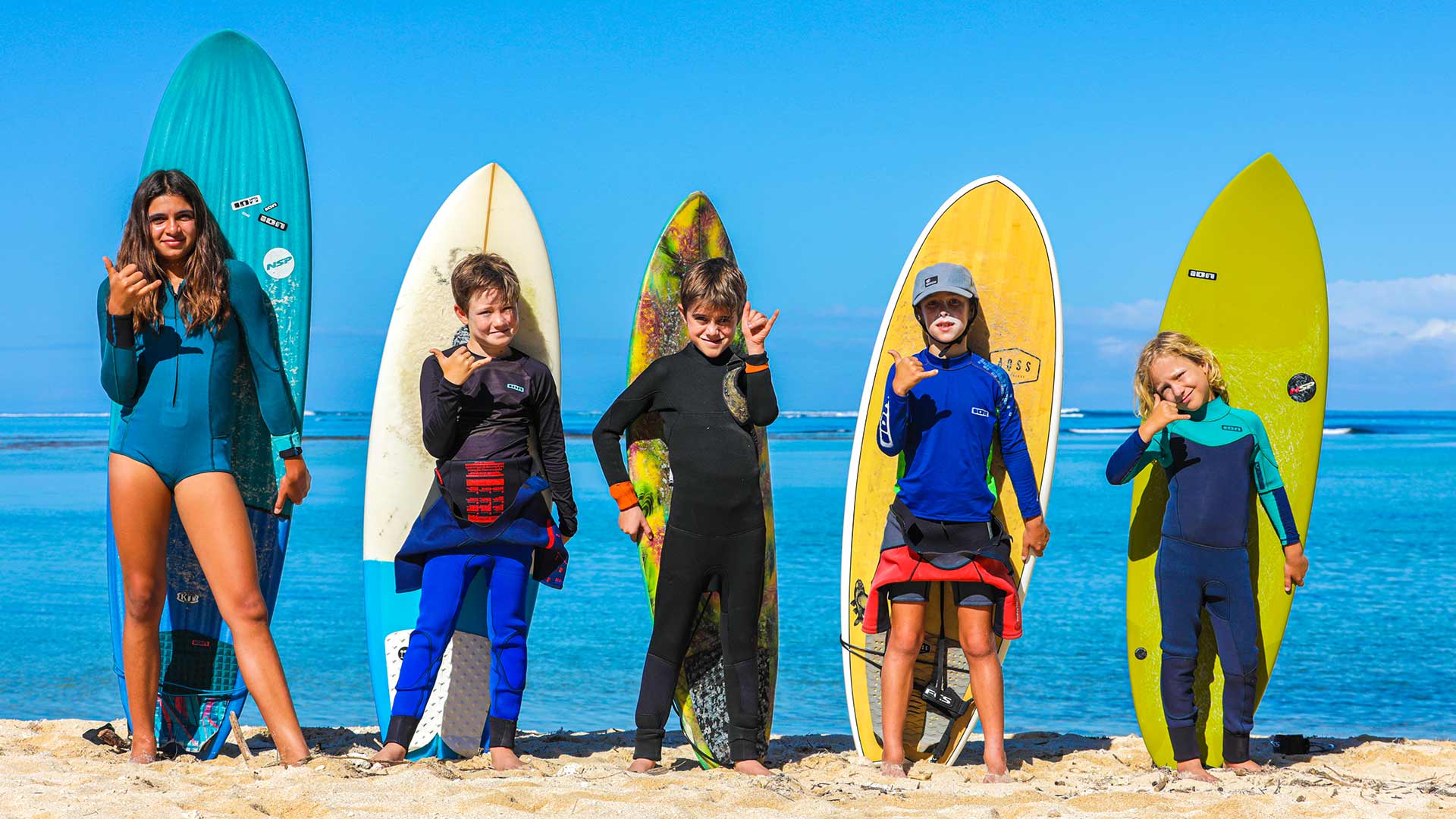
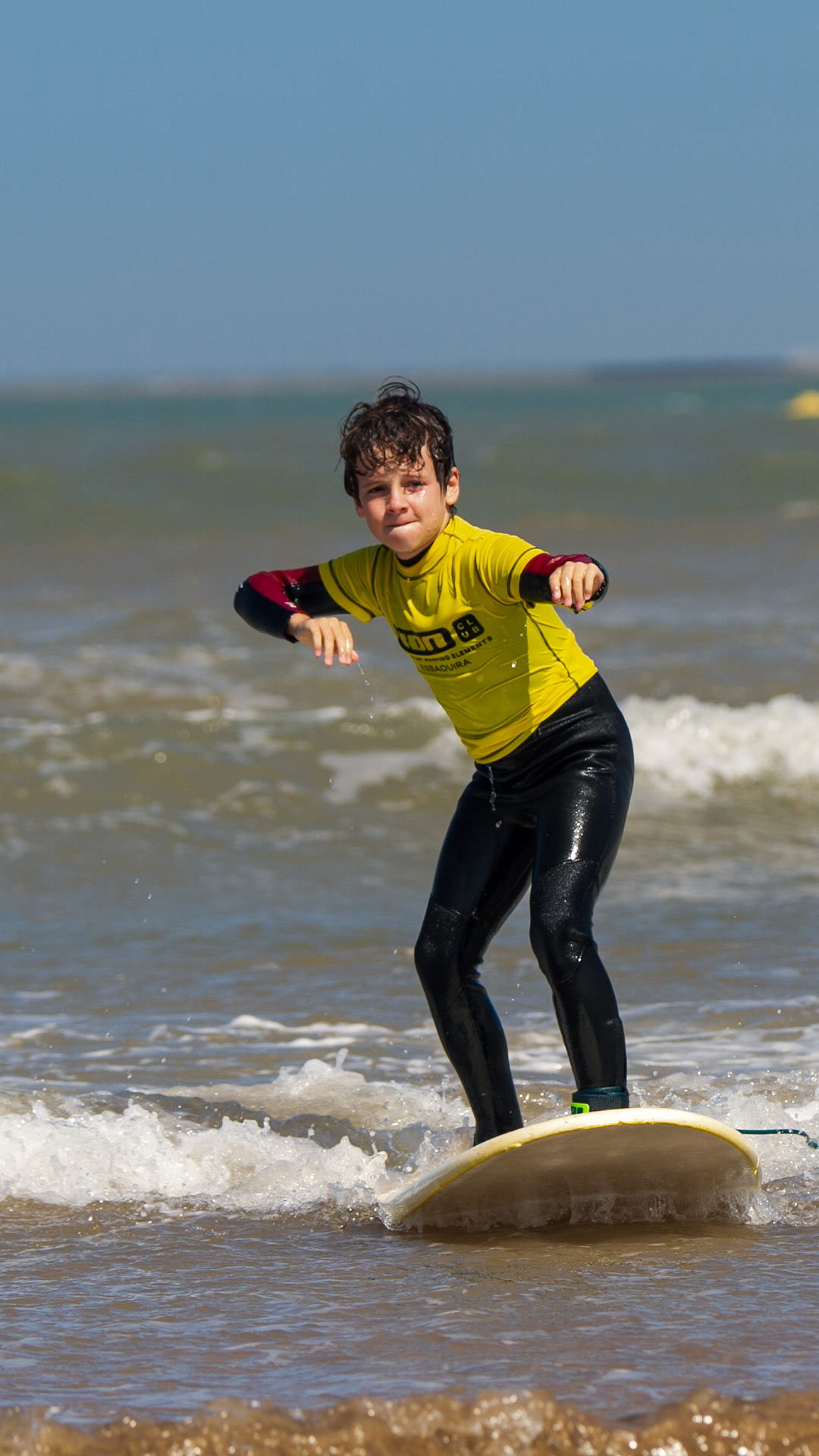
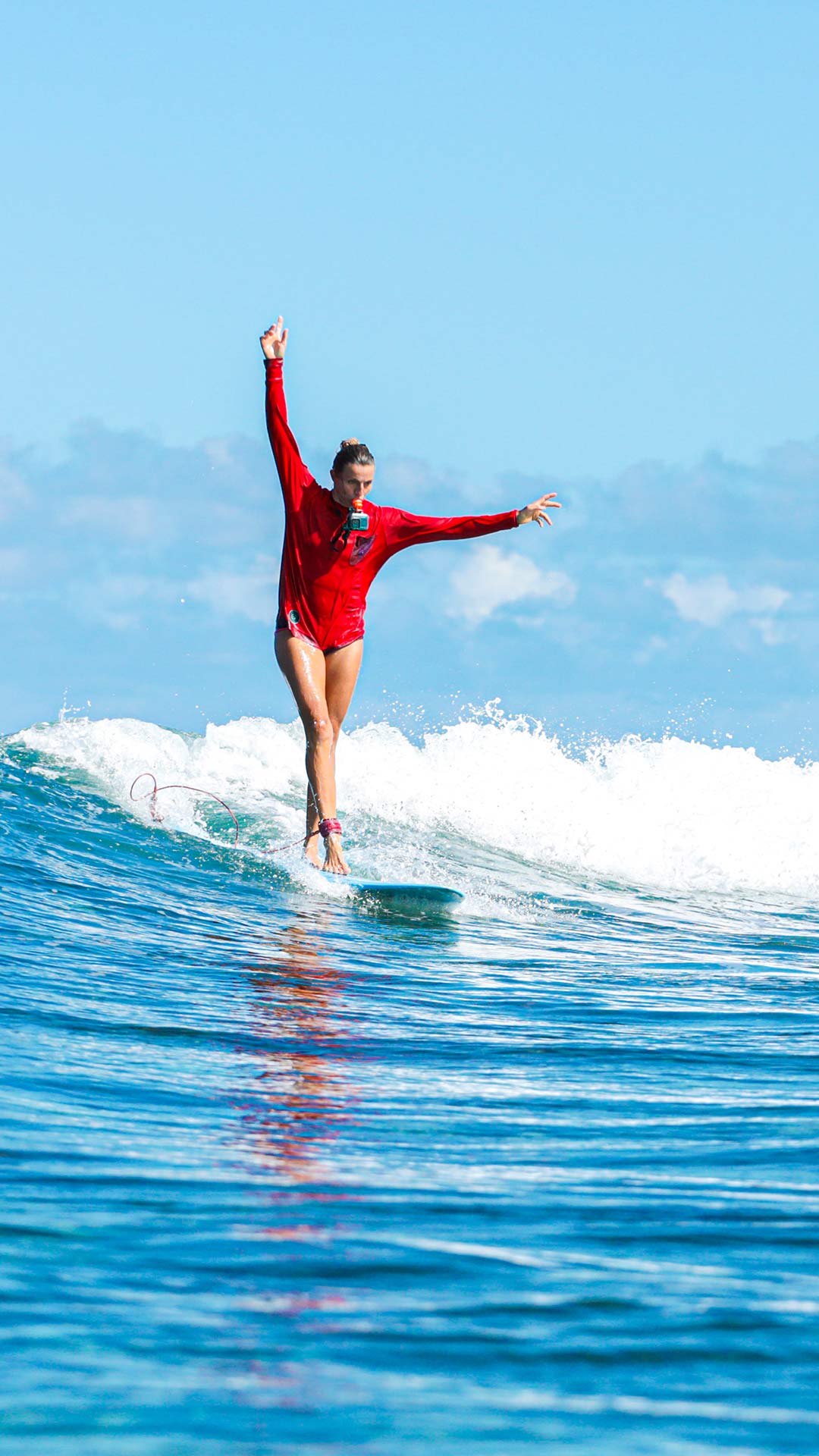
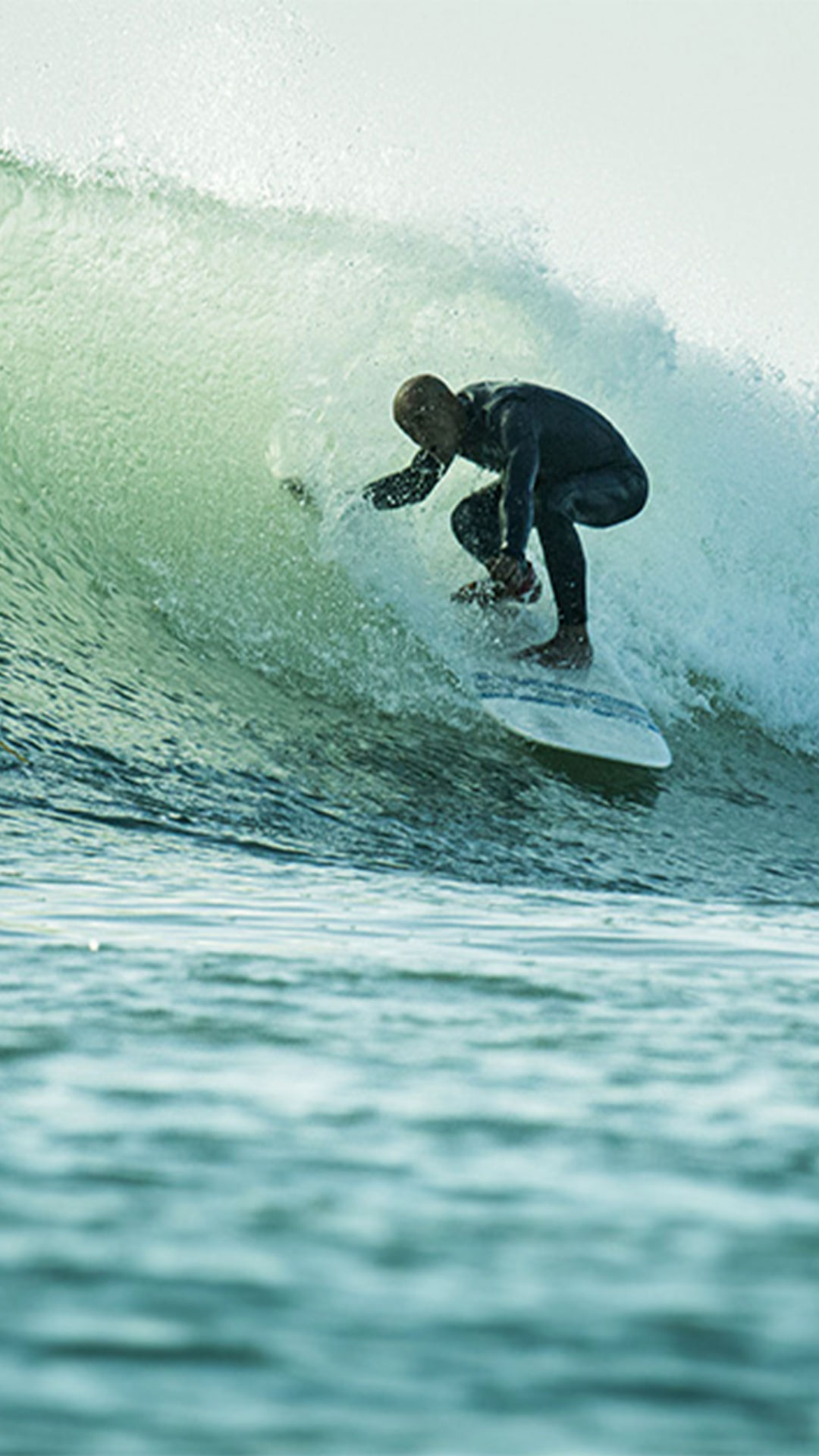
What are the different levels of surfing?
With good advice from your surf school and a regular level of surfing, you will progress quickly. Surfing is a great way to relax and clear your mind, although it is a very physical activity.
You start out in the white water and gradually work your way through the foam by “ducking” – dipping your head and body underwater while pressing down on the front of your surfboard – in order to get to the peak and ride the real waves.
At some surf spots you can even avoid going over the wave bar with what is known in the trade as a lift, which is a current that takes you further out to sea, along the breaking waves, and then brings you back to the peak with a few strokes of your arms. The peak is the place where the wave starts to break.
Hence the importance of knowing how to read the water before launching.
Where can I go to take a surf course?
In France, the most famous region is certainly the south-west, in particular the Basque Country and the Landes, with many surf schools and surf camps that welcome you most of the year, both during the week and at weekends.
There are easier spots to surf than others, whether in France, Europe or the world. It all depends on Mother Nature and the time of year that you decide to take your surf trip.
If you are a beginner or already have the basics but are not yet completely independent or comfortable on the water, then choose a surf spot with a sandy bottom and not a strong current. If you’re on your own, check with surf schools to find out where you can get into the water. If you are with an instructor, don’t hesitate to tell them your real level in order to adapt your session to the spot and the surfing conditions on the day.
Don’t overestimate yourself – that way you don’t put yourself in danger and you make regular progress.
How long does it take to get good at surfing?
There is no time limit to become good at surfing.
It depends on the advice you get from your instructor and other surfers, and how you apply that before you get on the water and during the session. Also, regular practice for those who can will help you to get better at surfing quickly. It is hours spent on the water that will make you a great surfer. However, it is up to each individual to take the time needed to progress and get out of the white water.
Generally, after five lessons, many will be getting up on the surfboard and starting to really surf. At first you will be riding straight, and then gradually you will start to follow the movement of the wave at an angle. However, before all of this, a good paddle technique is needed in order to catch the wave and stand up. Paddling is the basis of surfing before getting on a wave.
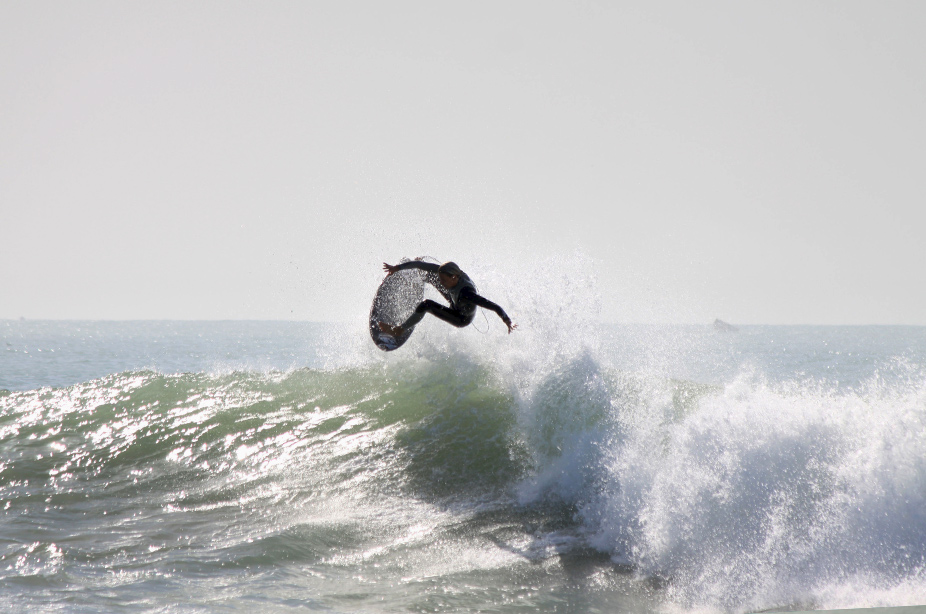
The oceans and seas are waiting for you at the best surf spots all over the world, sometimes not far from your home. Come and surf, it’s addictive! Join the surfer’s world!
Wingfoil in Egypt: the ultimate guide
On the shores of the Red Sea, Egypt's wingfoil spots are worth exploring at least once in a lifetime! With ideal weather conditions for most of the year, thanks to a steady wind and warm, pleasant temperatures, do not hesitate to come and practice your favourite sport...
Cabarete Kitesurfing: Everything You Need to Know
In the Caribbean archipelago, it’s almost impossible to have never heard of the village of Cabarete, once a small fishing village, and now a legendary kitesurfing spot! Located in the northwest of the Dominican Republic, the kitesurfing community has blended into the...
Choosing Your Wingfoil Equipment: Our Tips
Introduction to Choose Wingfoil Equipment Riding with quality wingfoil equipment suited to your level is important if you want to progress and enjoy your time on the water! Whether you are a beginner, intermediate, speed enthusiast, or freefly lover, your wingfoil...

